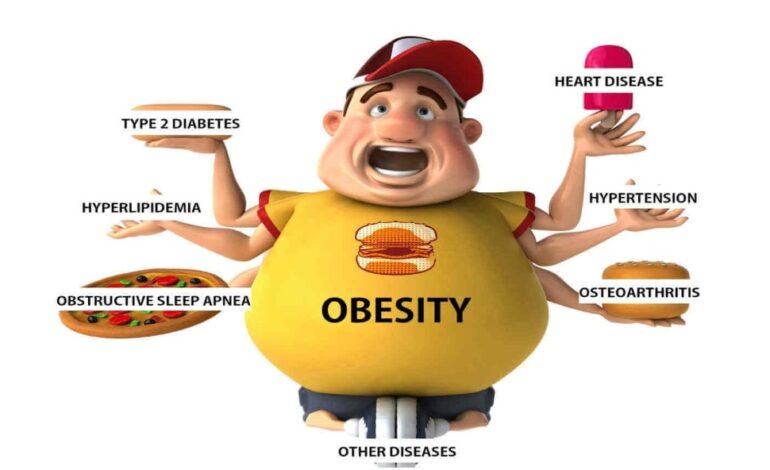
Avellon Williams
TRINIDAD AND TOBAGO- If current patterns continue, the World Obesity Federation predicts that 51% of the world’s population will be overweight or obese by 2035.
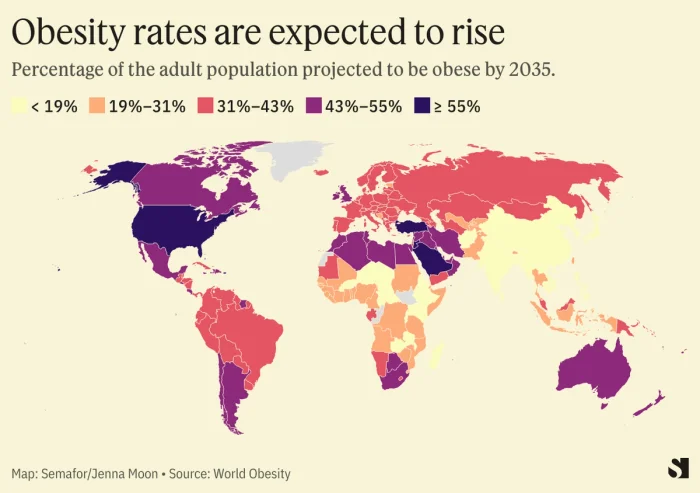
In its recent Atlas report, the federation estimates that the economic costs will amount to US$4.3 trillion by 2035, which amounts to 3% of global GDP, similar to the financial impact of COVID-19 in 2020.
Several policymakers from the United Nations, states, and civil society attended the presentation of the report on March 6.
By 2025, over four billion people will have a body mass index over 25, and one out of four will be obese, up from one out of seven today.
According to Louise Baur, president of the World Obesity Federation, “this year’s Atlas is a clear warning that by failing to address obesity today, we risk serious repercussions in the future.”

“It is particularly worrying to see obesity rates rising fastest among children and adolescents. Governments and policymakers worldwide need to do all they can to avoid passing health, social and economic costs on to the younger generation,” she said.
“That means looking urgently at the systems and root factors contributing to obesity and actively involving young people in the solutions. If we act together now, we can help billions of people in the future,” Baur underscores.
An appeal for collective action
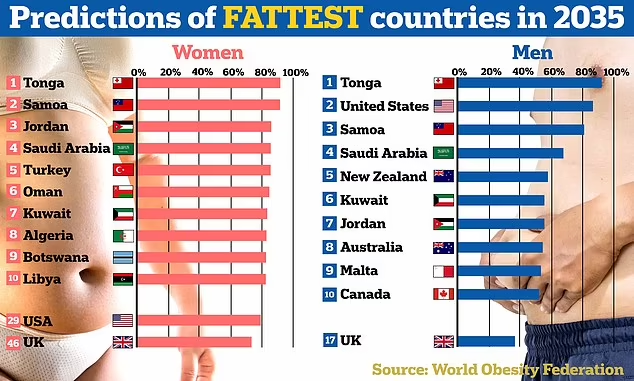
As part of its work to improve the food environment, the International Sweeteners Association (ISA) focuses on obesity-related issues and improves the sugar environment in general.
Organizations across the globe have partnered with the ISA, including French and Portuguese associations for obese people, the Brazilian Association of Diabetes Educators, the Colombian Diabetology Federation, and Brazilian Federation of Diabetes Organizations.
“Obesity requires a collective response and we are proud to collaborate with medical and patient organizations globally to help change perspectives on obesity,” says the ISA.
In addition, the ISA notes that obesity must be seen as a “Me toWe” issue and has launched a campaign to promote healthier eating.
The problem is not limited to high incomes
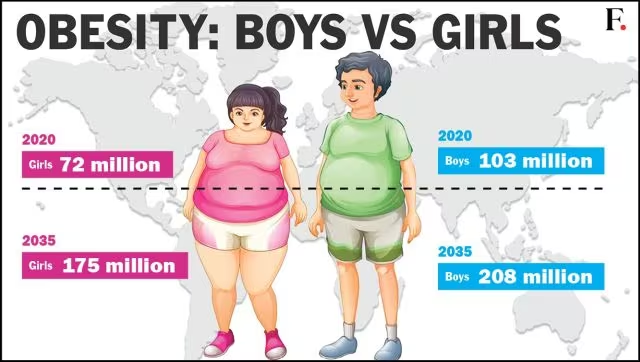
Additionally, the report notes that obesity was primarily a problem in high-income countries, but is now more prevalent in middle- and low-income countries.
“Let’s be clear, the economic impact of obesity is not the fault of individuals living with the disease. It results from high-level failures to provide the environmental, healthcare, food and support systems we all need to live happy and healthy lives. Addressing these issues will be valuable to billions of people in many ways,” says Johanna Ralston, CEO of the World Obesity Federation.

Particularly low-income countries in Asia and Africa are experiencing rapid growth. According to the federation, nine of the ten countries with the highest expected rates are located on these two continents.
Obesity among children is also on the rise. It is estimated that by 2023, boys’ obesity will double, while girls’ obesity will more than double (125% increase) compared to 2020.
“Every single region will see an increase in economic impact by 2035, with the Americas (North, Central, and South America) shouldering the highest costs as a proportion of GDP (3.7%) and the Western Pacific region the highest total costs (US$1.56 trillion),” says the World Obesity Federation.
The need for action is urgent
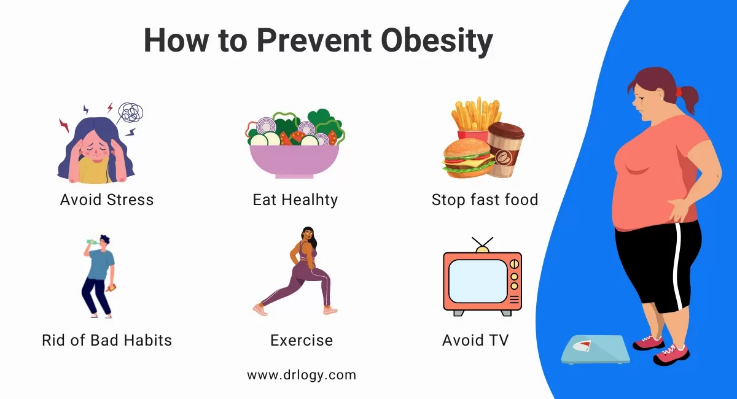
Also, the report highlights the potential effects of COVID-19, climate change, chemical pollution, and new pandemics on increasing obesity rates without addressing systemic issues.
“If we do not act now, we will see significant increases in obesity prevalence over the next decade. The greatest increases will be seen in countries where scarce resources and lack of preparedness will create a perfect storm that will negatively impact people living with obesity the most,” says Rachel Jackson-Leach, director of science at the World Obesity Federation.

“We cannot afford to ignore the rising rates of obesity any longer. We hope that the findings of this latest Atlas will convince policymakers and civil society to take action and make tangible commitments to change in their regions,” Ralston concludes.




